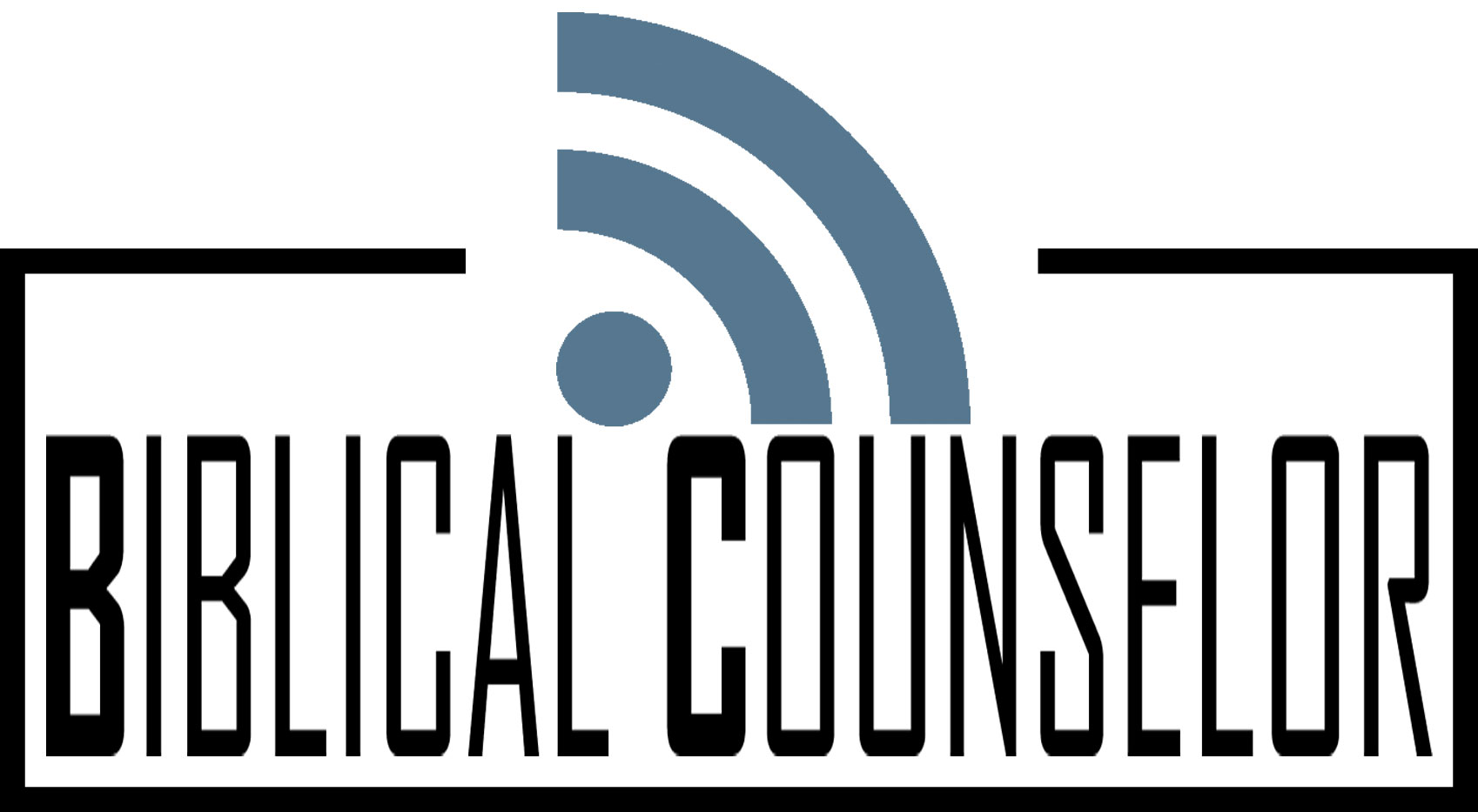“How did we get here?” is a question that is always relevant and often illuminating. Yet contemporary evangelicals don’t ask it as often as we should.
In his book Revival and Revivalism: The Making and Marring of American Evangelicalism, 1750-1858, Iain Murray tells a story that helps explain how evangelicals—Baptists, Presbyterians, Methodists, and more—got to where we are today.
FROM REVIVAL . . .
The book’s title tells the whole story in a nutshell. Over the one hundred and nine years Murray examines, from 1750 to 1858, American evangelicals’ understanding and experience of evangelism morphed from “revival” to “revivalism.”
Background: The First Great Awakening
Not that what came before 1750 wasn’t important. From about 1735 to 1740, under the preaching of Jonathan Edwards, George Whitefield, and others, the American colonies experienced a massive spiritual enlivening which came to be known as the First Great Awakening. This phenomenon was driven by preaching that emphasized the biblical truths of the holiness of God, the gravity of sin, man’s enslavement to sin, and the need for the Holy Spirit to give new birth so that people might repent, believe, and be saved.
Though superficial responses to such preaching inevitably got mixed up with
To continue...read the full-length post originally published on this site.

